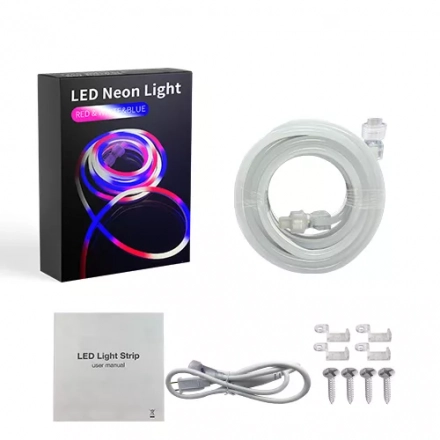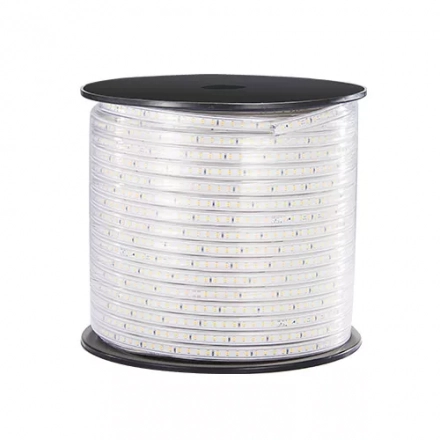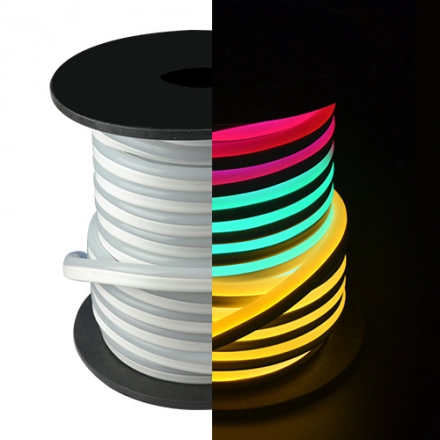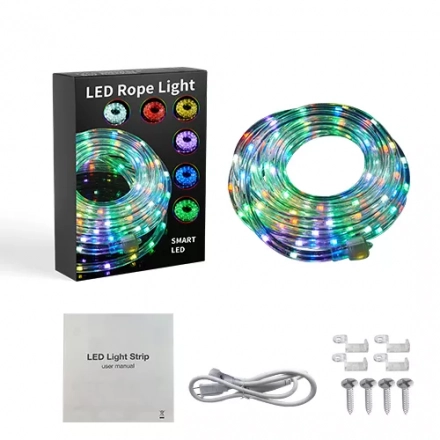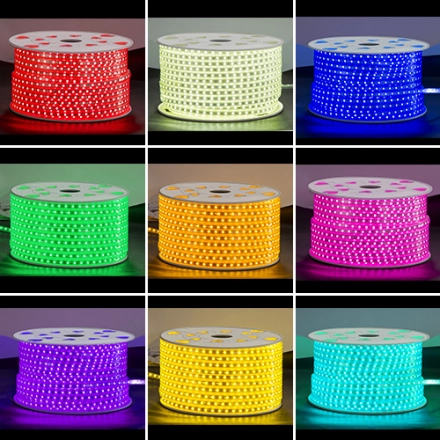Exploring the Potential of LED Strip Light in Interactive Installations: Art Installations or Interactive Displays?
LED strip lights have gained immense popularity in recent years due to their versatility, energy efficiency, and vibrant color options. These flexible and customizable lighting solutions have found applications in various fields, including interior design, architecture, and entertainment. One area where LED strip lights can make a significant impact is in interactive installations, blurring the line between art installations and interactive displays. In this article, we will objectively analyze the potential of LED strip lights in creating engaging and immersive interactive experiences.
This article explores the possibilities of using LED strip lights in interactive installations. It discusses the versatility, interactivity, and artistic potential of these lights, highlighting their role in blurring the boundaries between art installations and interactive displays. By examining various applications and examples, the article aims to showcase how LED strip lights can transform spaces into captivating and participatory experiences.
LED strip lights have revolutionized the lighting industry, offering a wide range of possibilities for creative expression. When integrated into interactive installations, these lights can create dynamic and engaging experiences that captivate audiences and encourage active participation. Let's delve into the potential of LED strip lights in the realm of interactive installations.
One of the primary advantages of LED strip lights is their flexibility. These thin, adhesive-backed strips can be easily attached to various surfaces, allowing artists and designers to shape them according to their vision. The flexibility of LED strip lights enables the creation of intricate patterns, flowing lines, and even three-dimensional structures, turning any space into an immersive environment.
LED strip lights also offer a broad color palette and adjustable brightness levels, allowing for the creation of vibrant and visually striking displays. By synchronizing the lighting effects with other interactive elements, such as motion sensors, touch panels, or sound systems, LED strip lights can respond to user input, making the installations interactive and responsive to the audience.
Furthermore, LED strip lights can be programmed and controlled using specialized software, providing artists with precise control over the lighting effects. This level of control enables the creation of dynamic lighting sequences, synchronized animations, and even interactive narratives. By combining LED strip lights with multimedia elements, such as projections or audio, artists can craft immersive stories that unfold as users interact with the installation.
The potential applications of LED strip lights in interactive installations are vast. Museums and art galleries can utilize these lights to enhance the viewing experience, allowing visitors to interact with the artwork in unique ways. LED strip lights can also be integrated into public spaces, transforming them into interactive playgrounds that engage and entertain people of all ages.
Additionally, LED strip lights can be employed in educational settings, providing interactive learning experiences. By combining informative visuals with interactive elements, such as touch-sensitive strips or motion-triggered animations, LED strip lights can make learning more engaging and memorable.
In conclusion, LED strip lights have the potential to redefine the concept of interactive installations. Their flexibility, vibrant colors, and programmable features make them an ideal tool for artists and designers to create immersive and participatory experiences. By blurring the boundaries between art installations and interactive displays, LED strip lights allow for new forms of creative expression and audience engagement. As technology continues to advance, we can expect even more exciting and innovative applications of LED strip lights in the realm of interactive installations.

